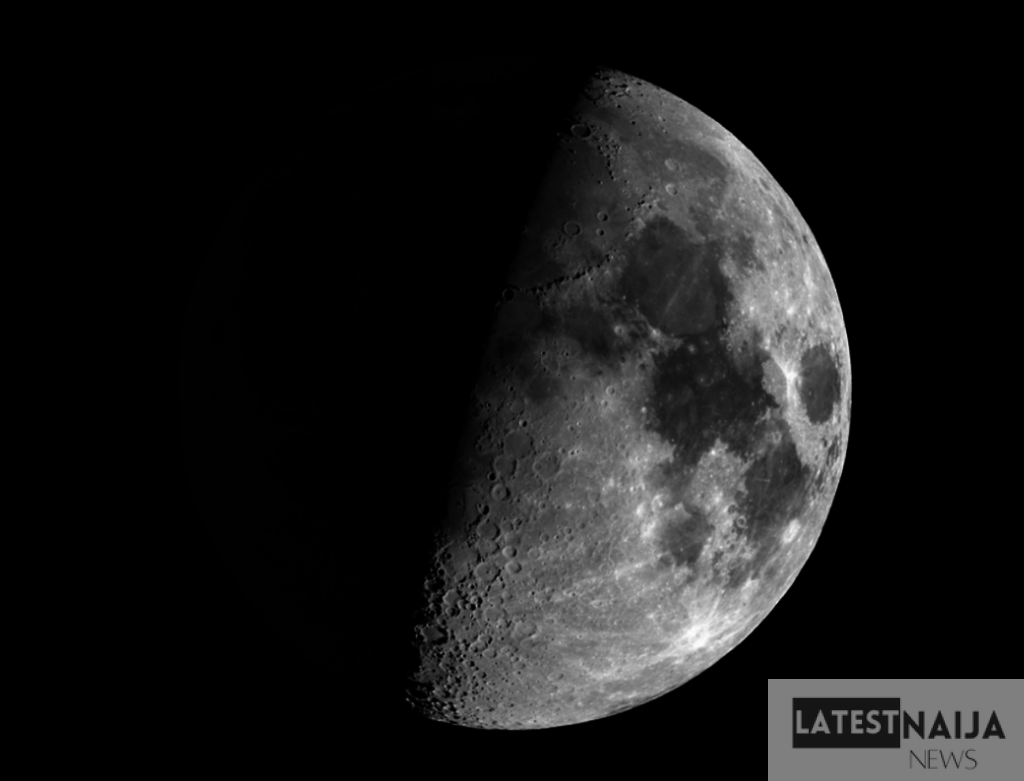In a monumental leap for space exploration, India on Wednesday celebrated its historic achievement of being the first country to successfully land a spacecraft near the Moon’s South Pole.
Chandrayaan-3, the unmanned lunar probe named after the Sanskrit word for “Mooncraft”, touched down on the lunar surface at 6:04 pm local India time (1234 GMT). This remarkable event was met with jubilation at mission control where technicians rejoiced, embracing their colleagues in elation.
The accomplishment was particularly poignant given that just days earlier, a Russian spacecraft met with failure, crashing in the vicinity of the same lunar region. Moreover, it comes four years after India’s Chandrayaan-2 missed its mark at the final juncture.
A beaming Prime Minister Narendra Modi, displaying the Indian flag, addressed the nation and the world via live broadcast, emphasizing the global significance of the achievement. Speaking from the BRICS diplomatic summit in South Africa, PM Modi remarked, “This joyous moment isn’t just India’s to cherish. This is a triumph for all of humanity.”
Over the past six weeks, the Chandrayaan-3 mission has enraptured the nation. From politicians conducting traditional Hindu prayers wishing for the mission’s success to schoolchildren riveted by live broadcasts in classrooms, the excitement was palpable.
Despite taking a longer trajectory than the famous Apollo missions, India’s lunar journey showcased a distinct approach. The country utilized less potent rockets, requiring Chandrayaan-3 to orbit Earth multiple times to accelerate for its month-long voyage to the Moon.
Following its detachment from the propulsion module, the lander, christened Vikram – Sanskrit for “valour” – commenced its moon imagery. Now settled, a solar-powered rover will begin its exploration, relaying vital data back to Earth over its fortnight-long operational span.
India’s space endeavors, characterized by their efficiency and economical nature, are progressively drawing parallel to milestones established by space giants like the USA and Russia. With a budget of $74.6 million for the Chandrayaan-3 mission, India’s economical approach stands as testament to its ingenious space engineering.
Experts credit India’s cost-efficiency to its adaptability in technology and the vast reservoir of highly-skilled engineers who work for a fraction of the salaries seen in Western countries. Following its groundbreaking Mars orbit in 2014, India is on course to launch a manned mission into Earth’s orbit soon.
This triumphant lunar landing also serves as redemption for the Indian Space Research Organisation (ISRO), which experienced the heartbreak of losing contact with the Chandrayaan-2 just moments before landing in 2019.
Highlighting the global implications of this mission, former ISRO head, K. Sivan, emphasized the importance of India’s research, especially in the relatively uncharted lunar south pole, as a significant addition to the scientific community’s understanding.
In the exclusive lunar landing league, only Russia, the US, and China held positions before India’s recent success. Interestingly, had Russia’s Luna-25 not met its tragic end last Saturday, it might have narrowly eclipsed Chandrayaan-3 in this lunar race.


